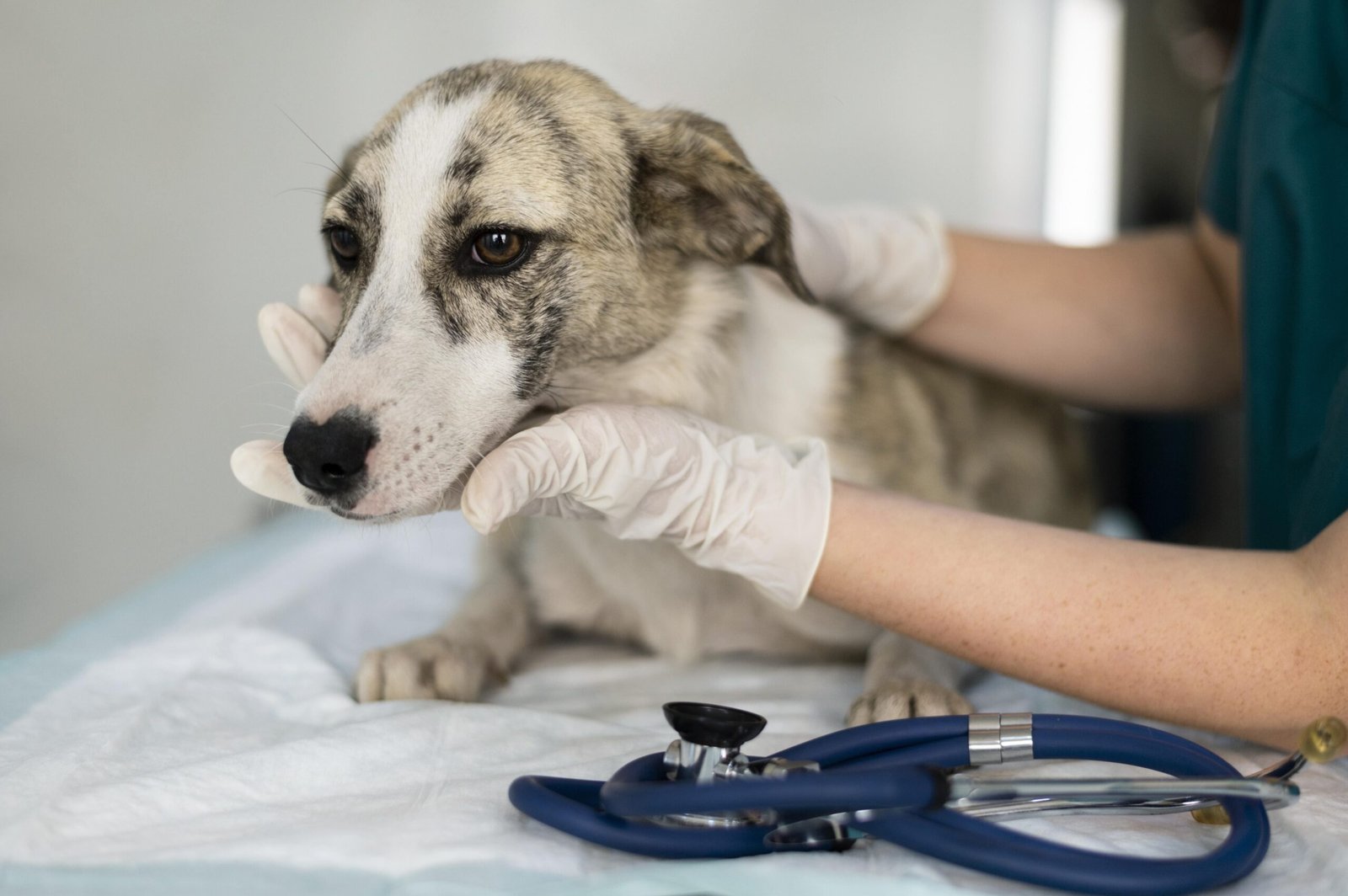
Let’s be real—when our pets get sick or injured, the idea of surgery can be super scary. But sometimes, pet surgery isn’t just an option; it’s necessary to save or improve their lives. Whether it’s fixing a broken bone, removing a tumor, or a routine procedure like spaying or neutering, understanding the risks and benefits of pet surgery helps you make informed choices for your furry friend.
In this article, we’ll break down why pet surgery might be needed, the benefits it offers, the risks involved, and how to minimize those risks. Plus, we’ll share tips on deciding when surgery is the right move for your pet. If you’re searching for guidance on veterinary surgery risks, pet surgery recovery time, or how to prepare your pet for surgery, keep reading!
Why Pet Surgery Might Be Needed:
There are several reasons why surgery could be the best choice for your pet’s health:
- Injuries: Accidents happen, and sometimes pets need surgical repair for broken bones, torn ligaments, or wounds.
- Illnesses: Conditions like cancer, bladder stones, or severe infections may require surgical intervention.
- Preventive Care: Procedures like spaying/neutering, dental surgery, or removing growths prevent future health problems.
In many cases, surgery offers a faster, more effective route to healing compared to other treatments. Your vet might recommend surgery when the benefits outweigh the risks, ensuring your pet has the best chance at recovery.
The Benefits of Pet Surgery:
Pet surgery isn’t just about fixing immediate problems; it can transform your pet’s quality of life. Here’s how:
- Healing and Recovery Prospects: Surgery can address the root cause of pain or illness, enabling faster healing and less chronic discomfort.
- Improved Quality of Life: Imagine a dog with hip dysplasia getting surgery and then running pain-free again. Surgery can restore mobility and happiness.
- Potentially Life-Saving: Some procedures, like removing tumors or repairing internal injuries, are critical to saving your pet’s life.
When done right, surgical options for pets can open doors to long, healthy, and active lives.
Risks Involved in Pet Surgery:
Like any medical procedure, pet surgery carries risks that owners should be aware of:
- Anesthesia Complications: Pets react differently to anesthesia, and some may face issues like allergic reactions or prolonged sedation.
- Infection Risks: Post-surgical infections can occur if wounds aren’t properly cared for or if bacteria enter the surgical site.
- Recovery Challenges and Pain Management: Managing your pet’s pain and ensuring a smooth recovery can be tricky, especially with more invasive surgeries.
- Financial Costs: Surgery can be expensive, and unexpected complications may add to costs.
Understanding these risks doesn’t mean you should be scared—it means you should prepare and partner with your vet to minimize problems.
How to Minimize Risks:
Taking steps before and after surgery can dramatically reduce the chances of complications:
Choosing the Right Vet/Surgeon:
- Research veterinarians with strong surgical experience.
- Ask about their success rates and patient care protocols.
- Check reviews and get recommendations.
Pre-Surgery Preparation Tips:
- Follow your vet’s guidelines on fasting and medications.
- Discuss your pet’s medical history and any concerns.
- Ensure your pet is in the best possible health before surgery.
Post-Surgery Care Essentials:
- Keep the surgical site clean and dry.
- Administer prescribed medications exactly as directed.
- Limit your pet’s activity during recovery.
- Monitor for signs of infection or distress.
Good care before and after surgery is key to better outcomes and quicker pet surgery recovery time.
When to Say Yes or No to Surgery?
Deciding on surgery can be tough. Here are some factors to weigh:
- Pet’s Age and Overall Health: Older pets or those with chronic illnesses might face higher surgical risks.
- Prognosis: Will surgery likely improve your pet’s condition or quality of life?
- Financial Considerations: Surgery can be costly, so weigh your budget and possible outcomes.
- Get a Second Opinion: If unsure, another vet’s perspective can offer clarity and peace of mind.
Remember, it’s about making the best decision for your pet’s well-being, not just rushing into surgery.
Real-Life Stories/Examples:
Take Bella, a 7-year-old golden retriever who had surgery for a torn ACL. Thanks to surgery and good postoperative care, Bella was back to running in the park within months. Or Max, a cat whose early tumor removal surgery saved his life and gave him years of happy days.
These stories remind us that while risks exist, the benefits of veterinary surgical procedures often far outweigh them when handled responsibly.
الخاتمة
Pet surgery is a big step, but it can be a game-changer in your pet’s health journey. By understanding both the risks and benefits, preparing well, and working closely with your vet, you can help your pet recover safely and enjoy a better quality of life.
Don’t hesitate to ask questions, seek second opinions, and trust your instincts as a pet parent. Your pet deserves the best care possible.
FAQ:
Q: How long does pet surgery recovery usually take?
A: Recovery varies by procedure but often ranges from a few days to several weeks. Your vet will give specific guidance.
Q: Are all pets at risk of anesthesia complications?
A: Most pets tolerate anesthesia well, but some—especially older or sick animals—have higher risks. Pre-surgery exams help assess this.
Q: Can I prepare my pet at home for surgery?
A: Yes! Follow your vet’s instructions about fasting, medications, and limiting activity before surgery.
Q: What signs indicate a post-surgery infection?
A: Redness, swelling, discharge, or foul odor at the incision site, plus lethargy or loss of appetite, should prompt a vet visit.
Q: Is surgery always the best option?
A: Not always. Sometimes medication or other treatments work better depending on the condition and your pet’s health.
Got a pet surgery story o

